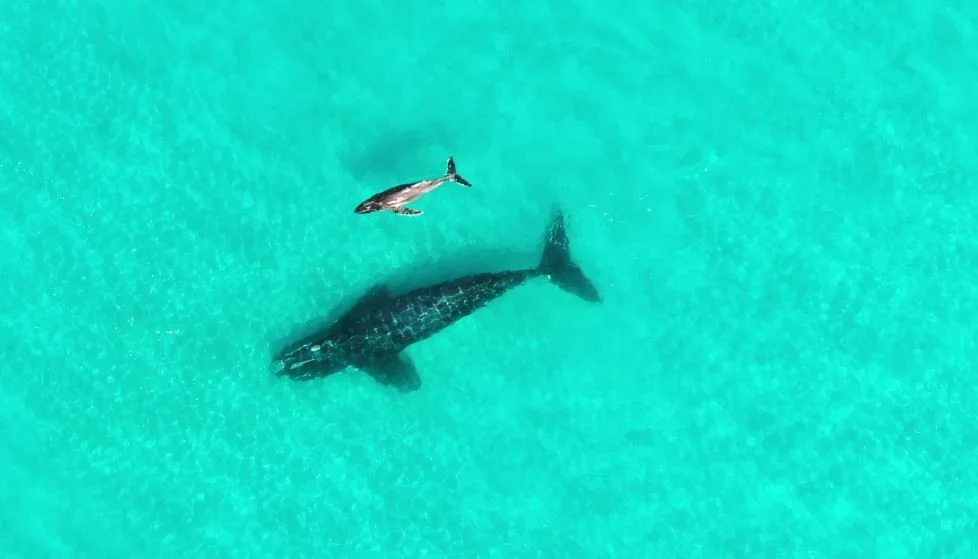Can Robots Learn to Talk to Animals?
Scientists are deploying all manner of tech to listen to (and even interpret) the sounds of wildlife. Will drones, artificial intelligence, and digital recorders lead us to “a zoological version of Google Translate”?
The author of that intriguing phrase, Karen Bakker, is a professor and researcher “of digital innovation and environmental governance.” She recently spoke with Vox about her new book “The Sounds of Life: How Digital Technology Is Bringing Us Closer to the Worlds of Animals and Plants.”
Bakker's work investigates bioacoustics (the study of sounds made by living organisms) and ecoacoustics (the sounds of entire ecosystems). The people who study this sort of thing believe we are on the verge of a revolution in how we relate to the natural world, a phenomenon that comes with a caveat.
“We can use artificial intelligence-enabled robots to speak animal languages and essentially breach the barrier of interspecies communication,” Bakker told Vox. “Now, this raises a very serious ethical question, because the ability to speak to other species sounds intriguing and fascinating, but it could be used either to create a deeper sense of kinship, or a sense of dominion and manipulative ability to domesticate wild species that we’ve never as humans been able to previously control.”
Back to the tech: the fine-tuned digital recordings of wildlife – including sounds undetectable by human ears, such as bat chirps or “ultrasound” used by elephants – are reams of data that need machine learning, or AI, to parse through it, detect patterns, and hopefully associate the sounds with animal behaviors.
The bioacousticians are listening to bees, elephants, dolphins, coral reefs, and really, everything in the wild that chirps, grunts, bellows or what-have-you. It’s hard to know where this research will lead – and hard to shake the fear that humans will use the technology in order to round up and eat animals more efficiently or weaponize wildlife, because that’s what we do.
One benign use of bioacoustics could be what Bakker calls “a form of music therapy for the environment.” The sound of a healthy reef – which we can create artificially – could inspire fish and corals to repopulate and revive a depleted reef. Sounds good to us.
Photo credit: Martin Harvey / WWF







